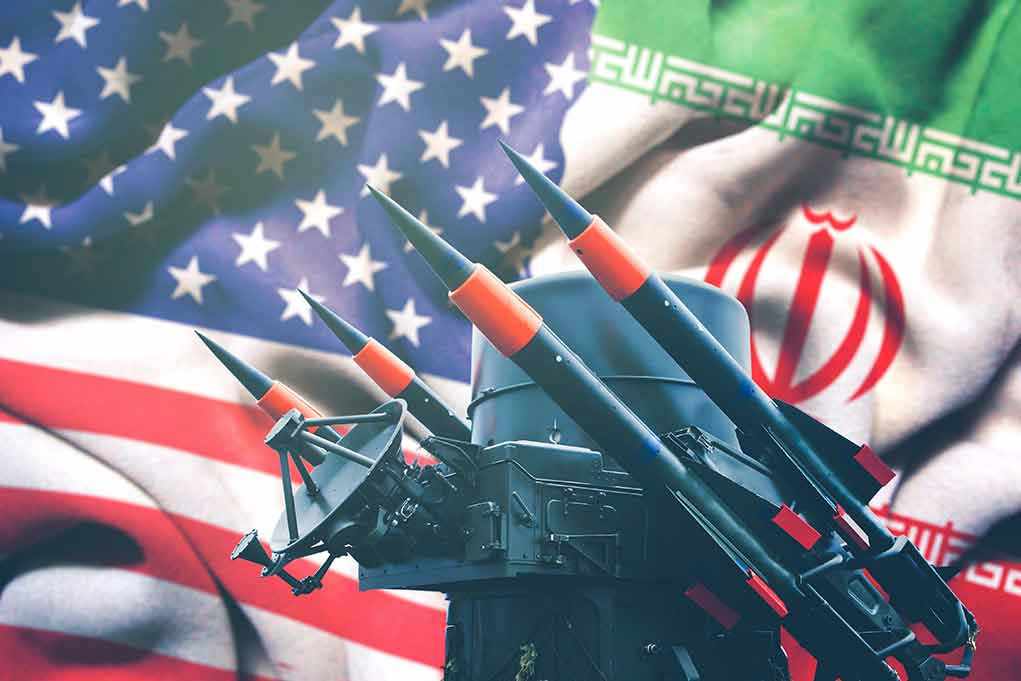
Iran just warned Armenia it “will not allow” a Trump-brokered US-leased corridor on its frontier if it brings foreign presence—raising the stakes for a landmark peace deal and America’s push to curb Tehran’s reach.
Story Highlights
- Iran cautions Armenia against the U.S.-backed Azerbaijan–Nakhchivan corridor, citing security threats near its border.
- White House deal grants U.S. long-term development rights under Armenian law for the route, branded TRIPP.
- Armenia and Azerbaijan signed the accord in Washington; details on security arrangements remain undisclosed.
- Analysts call the corridor a strategic win for U.S. interests that could sideline Iran and Russia in the South Caucasus.
What Iran is warning—and why it matters for U.S. interests
Iran’s president phoned Armenia’s prime minister after the Washington signing to warn the U.S.-backed corridor could mask “hegemonic” aims, insisting Tehran would oppose any military or security footprint tied to the project. A senior adviser to Iran’s supreme leader signaled Iran would prevent the corridor if necessary, underscoring Tehran’s view that a foreign-backed route skirting its border threatens its security and regional leverage. Iranian officials framed the plan as a challenge to stability and their frontier interests.
Signed at the White House on August 8, the Armenia–Azerbaijan agreement empowers a U.S. role to develop and operate the corridor under Armenian jurisdiction, reportedly through a long-term lease, with the route connecting Azerbaijan to its Nakhchivan exclave. The project—branded the “Trump Route for International Peace and Prosperity” (TRIPP)—would run close to Iran’s border. Washington views the corridor as a means to rewire regional connectivity and limit Iranian, Russian, and Chinese influence in the South Caucasus.
Armenian sovereignty and the lease model: what’s defined—and what is not
Armenia retains sovereignty and governance under its own law along the corridor, addressing past fears of extraterritorial control. Reports describe U.S. development and leasing rights, with a private American consortium expected to build and operate logistics infrastructure. Public details on the exact lease duration, specific infrastructure scope, and any security clauses remain limited. Ambiguity over security arrangements fuels Iran’s red lines, as Tehran rejects foreign troops or security interference near its frontier.
Tehran’s pressure campaign includes strong rhetoric and diplomatic engagement. Iranian officials summoned Armenian counterparts and scheduled meetings in Tehran, signaling intent to test the accord’s boundaries. Analysts assess that Iran could stage military exercises or adjust border deployments to deter any perceived security presence. Armenia must balance peace dividends and economic investment against neighborly sensitivities, as Azerbaijani and Turkish interests converge on a direct land link bypassing Iran and Russia.
Strategic payoffs for the U.S., risks for Iran, and leverage for Baku and Ankara
Security analysts describe the deal as a strategic win that advances resolution of a 30-year dispute while embedding Western economic influence along a critical route for decades. If implemented, the corridor could reroute trade between Turkey, the Caspian, and Central Asia, diminishing Iran’s transit revenues and bargaining power. Azerbaijan gains a long-sought physical connection to Nakhchivan—and by extension Turkey—strengthening the Ankara–Baku axis and the Middle Corridor initiatives independent of Russia and Iran.
In a phone call with Armenia's Prime Minister Nikol Pashinyan, Iranian President Masoud Pezeshkian "warned against possible actions by the United States.https://t.co/YSZ6bA8GbK
— Hindustan Times (@htTweets) August 11, 2025
Key uncertainties include the lease term often described as multi-decade, the identity of the U.S. consortium, financing structure, and the construction timeline. The extent and form of any security presence remain undefined publicly, the very issue Iran labels a red line. Monitoring the annex text on security clauses, dispute mechanisms, and safeguards will clarify whether the corridor stays purely commercial under Armenian jurisdiction or invites further confrontation along Iran’s border communities.
Sources:
Iran Warns Against U.S.-Backed Corridor Near Its Border, Questions TRIPP’s Security Implications
Iran tells Armenia Trump-backed land corridor may be part of US ploy
Armenia–Azerbaijan peace agreement
Iran’s red lines on the Zangezur corridor and regional stakes
IntelBrief: Strategic implications of the Armenia–Azerbaijan corridor















